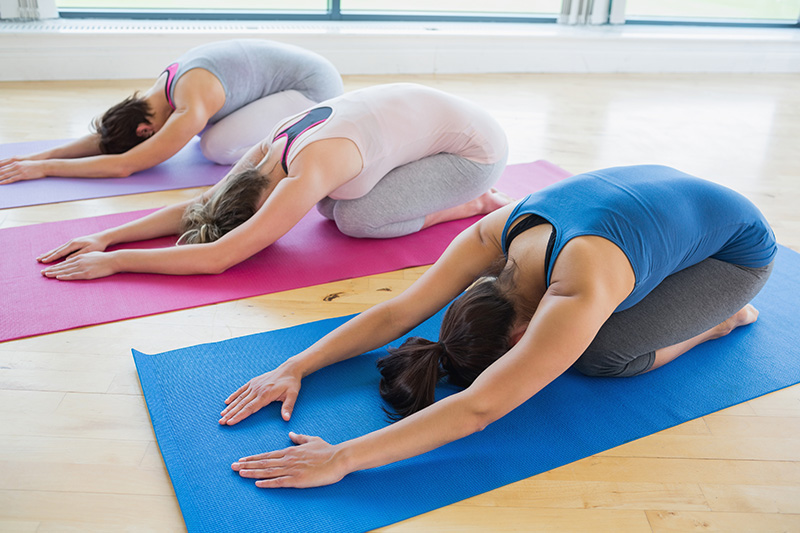
Worry, anxiety, and stress can be more than distractions. Constantly replaying in your mind daily problems and fears can affect your mental and physical health.
By controlling your attention as you meditate, you begin to feel more relaxed and at peace. And this peacefulness usually lasts far beyond the meditation itself. So, when stress appears hours later, you have the means to redirect it.
Meditation allows you to become more awake and more purposeful about your actions. It teaches you how to respond, rather than react, to situations in your life.
Although meditation sounds simple, it takes discipline to remain still in body and mind. You have to block out the world around you and quiet your thoughts. You also need to practice at least 10 to 20 minutes a day to get the most out of your meditation.
Healthcare providers include meditation as part of the treatment for many conditions.
Among some of the benefits of meditation are:
- Lower blood pressure
- Decreased pain
- Improved function of the immune system
- Improved mood and brain function
There are a number of theories about how meditation may improve your physical and mental health. One theory is that it reduces activity of the sympathetic nervous system. This leads to a slower heart rate, lower blood pressure, slower breathing, and muscle relaxation.
Three categories
Meditation can be grouped into 3 categories:
- Mindfulness. This zeroes in on your thoughts and images as they appear to you.
- Concentrative. This focuses on your breathing, repeating a phrase or sound, or thinking about certain imagery.
- Transcendental. This develops a balance of your physical, mental, emotional, and spiritual sides.
For best results, try to meditate every day for 20 to 30 minutes.
Mindfulness meditation
In mindfulness meditation, you focus on an awareness of the present moment. You start with a single central point, such as your breath, and then expand to include thoughts, emotions, and sensations. Here are some tips to keep in mind when you meditate:
- Find a quiet place with few distractions. Sit in a chair or on the floor.
- Become aware of your breathing and focus on the sensation of air moving in and out of your body as you breathe. Feel your belly rise and fall and the air enter your nostrils and leave your mouth.
- Watch every thought come and go. When thoughts come up, don’t hold them back. Simply note them and return to your breathing.
- As the time comes to a close, sit for 1 or 2 minutes, becoming aware of where you are. Get up slowly.
Moving meditation
Fitting an extra 20 to 30 minutes of meditation into your already busy day may be hard. An alternative is to try a form of exercise that combines fitness with meditation. Yoga, for instance, focuses on breathing, movement, and posture to help you relax and control stress. Tai chi is a form of meditation that combines slow, gentle movements, and deep breathing. Some people do a walking meditation. With this method, you slow down your walk so that you can focus on your steps and the movement of your legs and feet.

